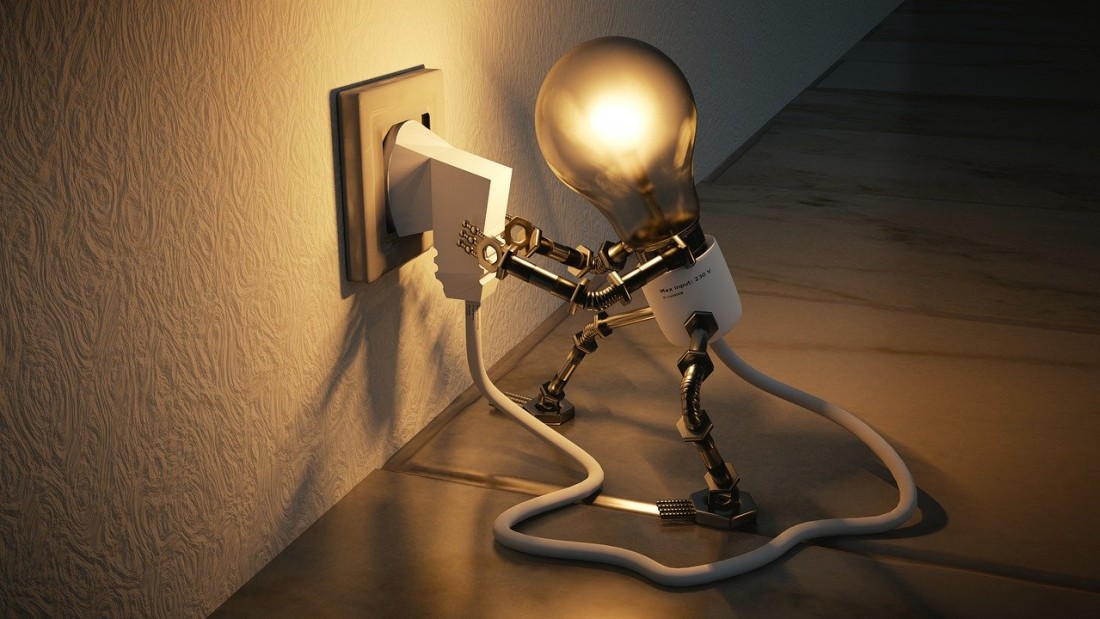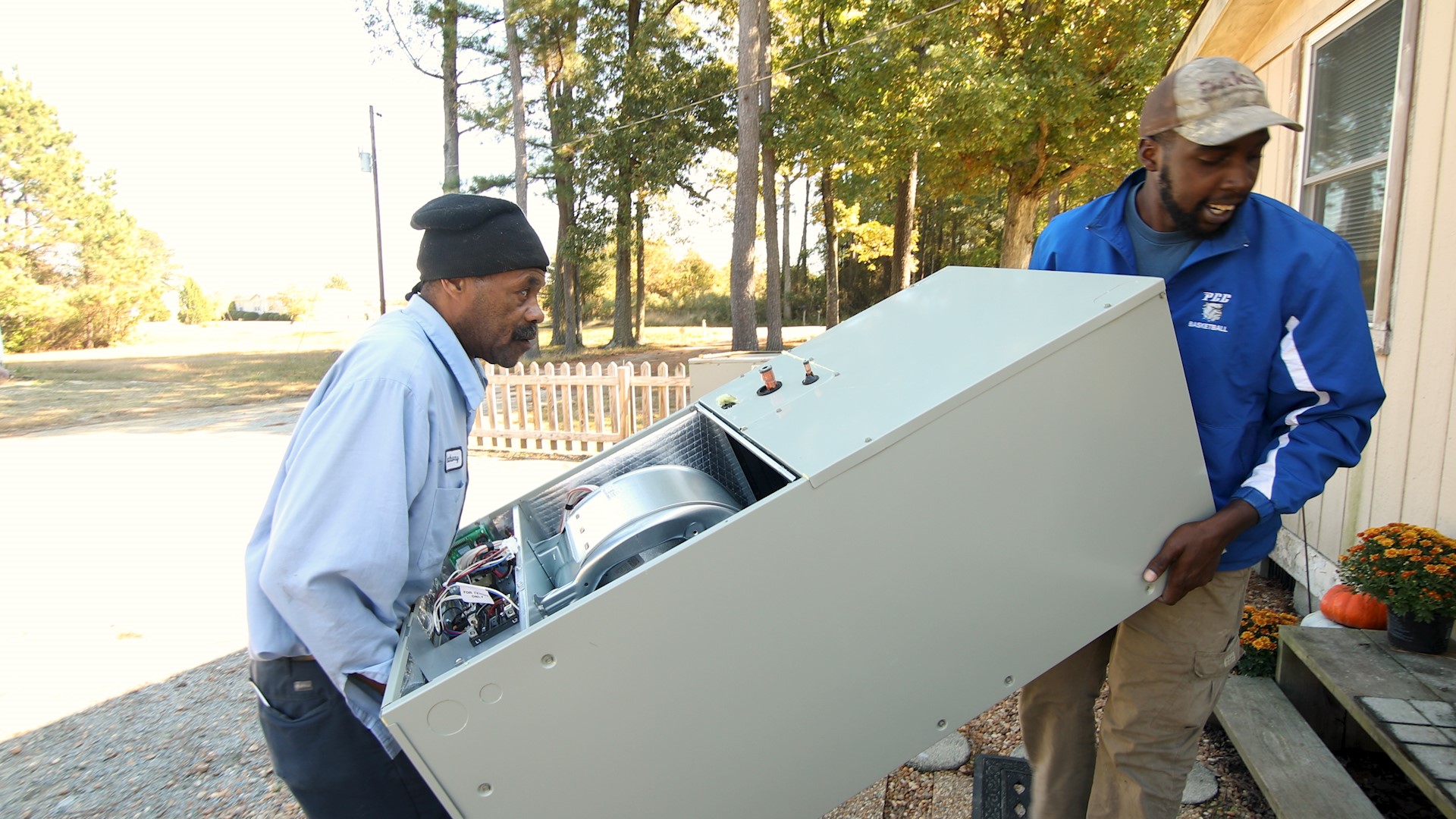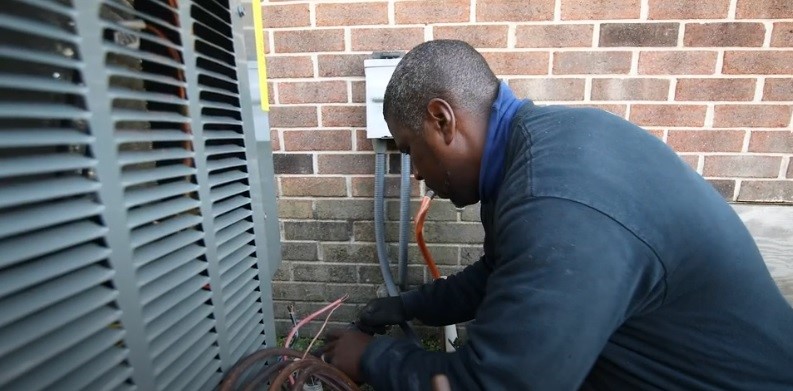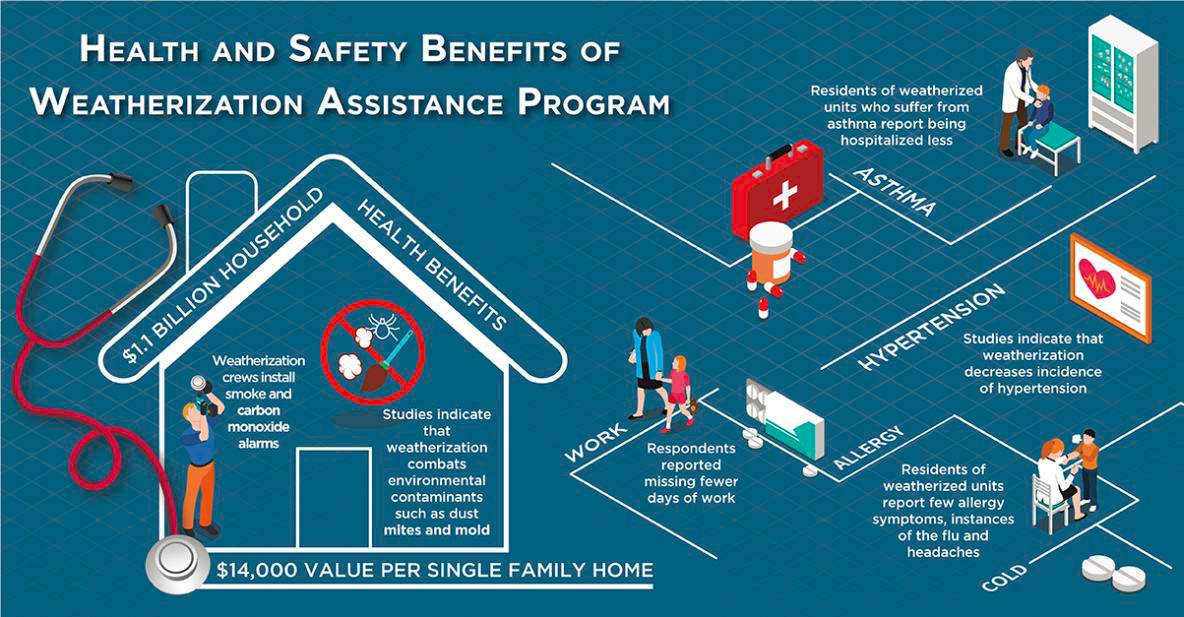Responding to Energy Poverty – Halifax and Northampton Counties
…most cost-effective ways to reduce a household’s energy burden. Weatherizing a home can make it more efficient, lowering energy costs as well as mitigating the health impacts of energy inefficient…

The Challenge
According to U.S. Census data in 2015, more than 288,000 households in North Carolina live at up to 50 percent of the poverty line, and face energy burdens of 35% or more. Another 371,000 households in North Carolina live at 51% to 100% of the poverty line and face a 19% energy burden. These data indicate that more than 650,000 households in North Carolina spend approximately 20% or more of their household income on energy costs. This trend is particularly true for extremely low income (ELI) renters, who live at or below the poverty line and whose energy bills may actually represent a larger expense than their rent. Twenty- six percent (26%) of renter households in North Carolina are extremely low income and 70% of ELI renter households have an extreme cost burden because of their energy bills.
Energy efficiency investments, particularly for inefficient residences, are often the most cost-effective ways to reduce a household’s energy burden. Weatherizing a home can make it more efficient, lowering energy costs as well as mitigating the health impacts of energy inefficient homes. The health benefits of weatherization include lower risk of carbon monoxide leaks, less stress, and better sleep, as well as better quality air for allergy and asthma sufferers. Since low-income areas tend to concentrate the negative health consequences associated with substandard housing, weatherizing can address social health inequities as well as improve the health of individuals and families. Yet poorer residents typically lack the resources to make energy investments, especially in rural areas like eastern North Carolina.

The Solution
Regional partners in northeastern North Carolina addressing energy poverty in a unique way. A program from Roanoke Electric allows low-income residents to access weatherization services for minimal up-front costs, reducing their energy bills and making their homes safer and healthier. The program uses tariffed on-bill financing to make energy improvements to customer homes. Tariffed on-bill financing allows for a utility to front all or some of the money for energy efficiency investments and then recover the investment through an on-bill tariff that is less than the estimated savings. The on-bill charge is tied to the meter, enabling all rate-payers, including renters, to participate in the “Upgrade to Save” program. Roanoke Electric and other cooperatives implemented the program for owner occupied residences as well and report substantial energy savings and low default rates. This program provides positive outcomes for low-income residents who may pay more in energy bills than their rent. It also incentivizes firms like Roanoke Electric to provide weatherization improvements to low-income customers while still recouping their costs, making the program more sustainable for the community in the long run.
The Choanoke Area for Development Association (CADA) runs another program to help low-income homeowners and renters with their energy costs. It receives funding from the USDA, USDOE, and the North Carolina Housing Finance Agency to weatherize and rehabilitate the homes of eligible residents in the region. The Weatherization Assistance Program provides funding from the US Department of Energy to states, which in turn recruit local agencies to administer the weatherization program for low-income residents, including senior adults and those with disabilities. Weatherization services through CADA include replacing broken units, insulation, weatherizing doors and windows, duct work, and more to make a home more energy efficient.

The Players
Roanoke Electric administers their Upgrade to Save program with funding from the USDA’s Rural Utility Service, which provides loans to utility companies and electric cooperatives through the Energy Efficiency Conservation Loan Program. Roanoke Electric identified the contractors who make the upgrades to homes as key partners, although other firms may choose to make the repairs with in-house employees.
CADA works to administer the Weatherization Assistance Program, which the US Department of Energy funds through the NC Low-Income Energy Assistance Program (LIEAP). However, limited funding may cause individuals to wait for months or years before receiving services. The NC Clean Energy Technology Center uses data to help local governments improve their energy grids and services and helped CADA mail letters to those on their wait-list who may be eligible to take advantage of the Roanoke Electric Upgrade to Save program. Such collaboration among weatherization programs can help more residents receive services, as well as more efficiently utilize state and federal funding for these programs.

Source: US Department of Energy Office of Energy Efficiency & Renewable Energy
The Promise
Program participants interviewed by ncIMPACT expressed high satisfaction with their weatherization improvements. Benjamin Williams of Murfreesboro participated in the Roanoke Electric weatherization program and described that the new improvements, including new duct work, central HVAC unit, and outdoor repairs, saved him a significant amount of money each month. He plans to use some of the savings on his seven grandchildren. Doretha Hunter of Enfield, who received assistance through CADA, had her attic, doors, and windows insulated, as well as a new HVAC unit installed after her air conditioning failed during the hot summer months. Without the program, it would have been a $7,000 repair – not possible for Doretha, who lives on a fixed income. She was pleased the crew did even more than she asked for to ensure that she was safe and comfortable in her home.
Programs like these provided by Roanoke Electric and CADA can help low-income households reduce their energy bills and improve safety and comfort in their homes. According to NC Clean Energy Technology Center’s Ann Tazewell, these programs may help residents who have to choose between paying their electric bill or paying for food or medication. Weatherization can also improve health outcomes, especially for those who already have respiratory conditions like allergies or asthma. For communities considering implementing one of these programs, a key factor would be assessing the effect of energy bills on affordable housing and its implications for low-income homeowners and renters. In areas with fewer safe affordable housing options, weatherization can help bridge the gap for residents with low incomes and improve their health and well-being.
